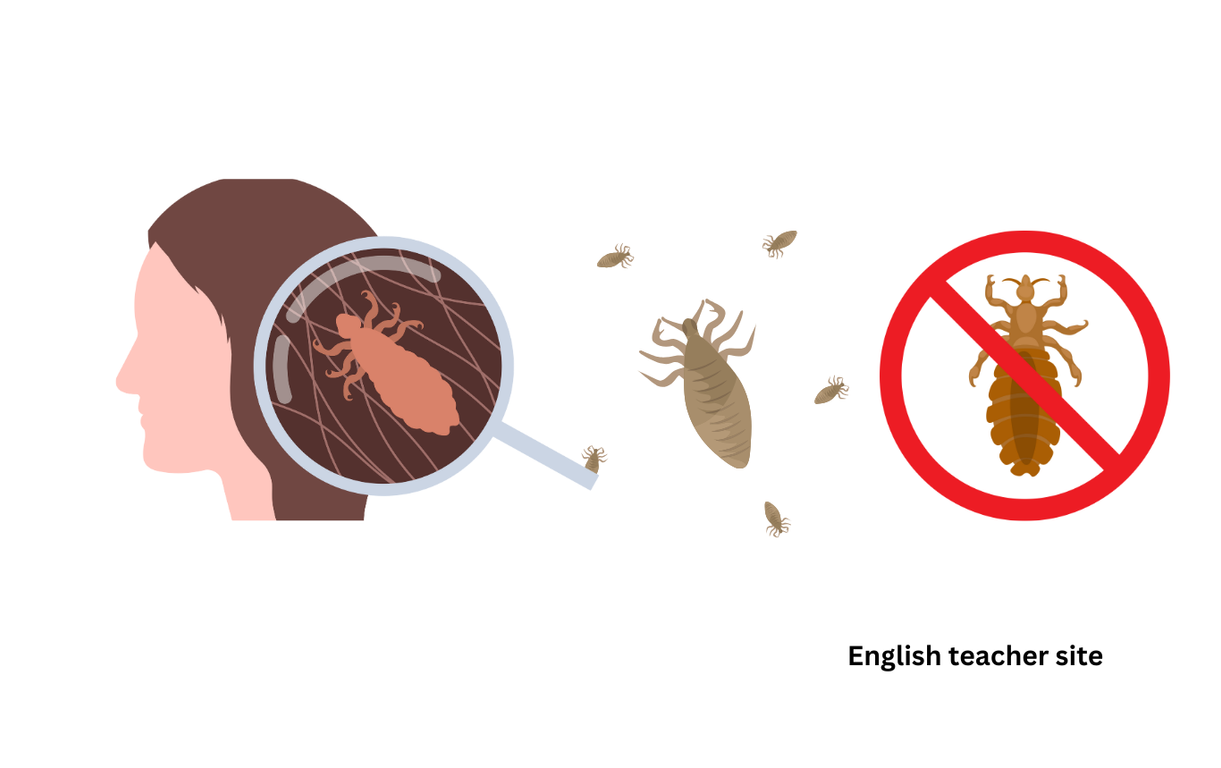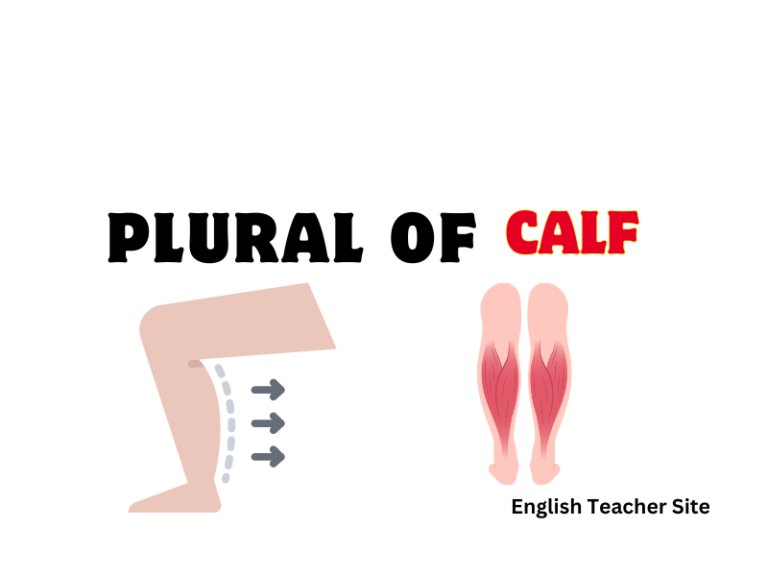Is Lice Plural or Singular? Understanding the Term’s Grammatical Number

- “Louse” is singular while “lice” is plural, referring to more than one insect.
- Correct usage of “louse” and “lice” is crucial for accurate communication and understanding.
- The terms distinguish between a single insect and an infestation.
Insect infestations, particularly those involving lice, are common concerns in schools and households, making an accurate understanding of these terms not only a matter of linguistic correctness but also of practical communication. The word “louse” can be used when referring to a single specimen, perhaps found during a careful examination, but “lice” is the correct choice when describing the overall problem of an infestation. Knowing the difference is essential for clear and precise communication in both written and spoken English.
Is Lice Plural or Singular?
When referring to a single insect, one should use the word louse. However, seeing just one is a rarity, as these insects tend to infest hosts in larger groups. As a result, the term lice is far more commonly used. This usage aligns with other nouns that follow a similar pattern of irregular plurals, such as ‘child’ (singular) and ‘children’ (plural).
The tables below outline the singular and plural forms, as well as an example of incorrect versus correct usage:
| Singular | Plural |
|---|---|
| louse | lice |
| Common Incorrect Usage | Correct Usage |
|---|---|
| There is one lices. | There is one louse. |
| I found a lice on my pet. | I found lice on my pet. |
To further elaborate:
- Louse refers to a single insect.
- Lice refers to multiple insects.
Remember these key distinctions:
- Singular: louse
- Plural: lice
In writing and speech, correctly using louse and lice is important not only for accuracy but also for clarity. As a matter of fact, modern usage of the word lice has remained consistent, serving as the standard plural form of louse without variation.
Understanding Lice and Their Linguistic Properties
In this section, we’ll examine the term “lice,” its proper grammatical usage, and how it fits within the rules governing English plurals. The focus will be on understanding the singular and plural forms of this term and its significance in both the biological and linguistic contexts.
Definition and Significance of Lice
Lice are parasites that live on the skin of various hosts, including humans. Notably, there are different types of lice, such as head lice and body lice, which are classified based on the area of the body they infest.
Here is a comparison of the properties of these parasites:
| Characteristic | Head Lice | Body Lice |
|---|---|---|
| Location | Hair and scalp | Clothing and body |
| Visibility | Difficult to see without magnification | Visible on clothes and skin |
| Nuisance | Cause itching and discomfort | Associated with hygiene issues |
The linguistic aspect is equally intriguing. The English language has several exceptions and specific rules when forming plurals that can often lead to confusion.
Plurality in English
In English, the pluralization of nouns typically involves adding an -s or -es to the end of a word. However, there are many irregular plurals as well, and this is where words like “lice” fall.
Consider the following factors of plurals in English:
- Regular Plurals: Most nouns simply add an -s (e.g., ‘cats’, ‘dogs’).
- Irregular Plurals: Nouns that do not follow the regular pluralization rules (e.g., ‘man’ becomes ‘men’, ‘person’ becomes ‘people’).
The word “louse” is an example of an irregular plural. While one might expect the plural of “louse” to be “louses,” it actually changes form to become lice.
Here is a table representing the transformation of some singular nouns to their plural forms:
| Singular | Plural |
|---|---|
| louse | lice |
| man | men |
| foot | feet |
| sheep | sheep |
| tooth | teeth |
In this table, it is evident that not all words follow a pattern when it comes to their plural forms.
Note: The plural of “louse” remains “lice” whether one is referring to multiple individuals or, more commonly, to a collective infestation.
To encapsulate:
- “Lice” is the plural form of “louse.”
- English language rules can be complex and contain many exceptions.
- Understanding the specifics of words like “lice” aids in accurate communication, which is particularly important when discussing sensitive content such as parasitic infestations.
Examples of Lice Used in Application
Understanding the proper use of the word ‘lice’ in application mainly involves recognizing that ‘lice’ is the plural form while ‘louse’ refers to a single insect.
When discussing infestation or treatment procedures, ‘lice’ appears more frequently. Here are some contexts in the form of a table where ‘lice’ is correctly applied:
| Situation | Example |
|---|---|
| Educational literature | “Head lice are a common problem in school-aged children.” |
| Medical reports | “The patient has been diagnosed with body lice infestation.” |
| Pest control guidelines | “To prevent lice, avoid sharing combs and hats.” |
| Veterinary care | “Livestock was treated for infestation of lice.” |
In everyday communication, ‘lice’ is understandably used more often due to the collective nature of infestations:
- Head lice is a term that specifies the type of louse found on the human scalp.
- Body lice can spread diseases and are typically associated with unsanitary living conditions.
- Even when referring to pet care, one might say, “Our dog needs treatment for lice,” rather than specifying the singular alternative.
To further illustrate:
In Sentences
- “The treatment eliminated the lice in the classroom.”
- “Few people have seen a louse, but many have encountered lice.”
In Scientific Context
- Biologists study the life cycle of a louse to understand lice infestations.
- Lice habitats are diverse, ranging from water to land environments.
The distinction between ‘louse’ and ‘lice’ is an important facet of English grammar, especially in professional and academic contexts where precision is paramount.
Examples of Louse Used in Application
When discussing the word “louse” in its singular form, it refers to a single instance of the small, wingless insect that may infest mammals, particularly humans. These parasites are known for attaching themselves to hosts, from where they draw their nutrients. Understanding the correct usage of “louse” is crucial for clear communication, especially in a medical or educational context.
Sentences with Singular Application:
- A single Pediculus humanus capitis was found on the scalp during the examination, indicating a louse infestation is beginning.
- The veterinarian identified a louse on the patient’s pet, suggesting the onset of an ectoparasitic condition.
Table 1: Louse in Academic Context
| Context | Example Sentence Usage |
|---|---|
| Biology Class | “Identify the louse under the microscope.” |
| Medical Seminar | “Each louse can lay several eggs a day.” |
Table 2: Louse in Everyday Language
| Context | Example Sentence Usage |
|---|---|
| At Home | “I saw a louse in the dog’s fur.” |
| In Conversation | “If you find even one louse, begin treatment immediately to prevent lice infestation.” |
- Usage in Instructions:
- Check each hair strand for signs of a louse or nits to determine infestation severity.
- Remove the louse using fine-toothed combs or tweezers with care.
Using “louse” accurately in various sentences depends on recognizing the singular nature of the term, contrasting the plural “lice,” which implies multiple insects. Knowledge of these distinctions is paramount for providing accurate descriptions and instructions related to entomology and healthcare.
Collective Nouns of Louse & Lice (and Related Terms)
‘Louse’ refers to a single insect known for living on the bodies of humans and animals, while ‘lice’ is the term used when referring to more than one.
Related terms that often cause confusion are also addressed here. Below are tables that succinctly clarify the singular and plural forms, along with examples of collective nouns often associated with these creatures.
Singular and Plural Forms:
| Singular | Plural |
|---|---|
| Louse | Lice |
Examples of Collective Nouns:
| Collective Noun | Usage Example |
|---|---|
| Infestation | An infestation of lice can cause severe itching. |
| Colony | A colony of lice was found on the stray dog. |
It’s notable that in modern English, ‘lice’ sometimes informally refers to both singular and plural. However, this is not grammatically correct and should be used with caution in formal contexts.
When discussing other related terms, consider the following:
- Infestation: Represents a large number of parasites inhabiting a host.
- Colony: A group living together, typically for mutual benefit.
To aid understanding:
- Infestations and colonies are terms that represent collective groups of parasites like lice.
By being familiar with these terms, it is easier to communicate effectively about these insects and their impacts.
Origin of the word lice & louse
Lice and louse are terms often encountered in discussions on parasitic insects, particularly those infesting human hair and skin. They are not just modern-day nuisances but also present a rich linguistic history rooted in Old English and beyond.
Louse, the singular term, originates from the Old English word lus. The lineage of the word extends further back to Proto-Germanic with the term lus. This etymology is paralleled by similar words in other Germanic languages, such as Old Norse’s lus, Middle Dutch luus, Old High German lus, and the German Laus.
| Germanic Languages | Term for Louse |
|---|---|
| Old Norse | lus |
| Middle Dutch | luus |
| German | Laus |
In a broader linguistic context, the word can be traced to the Proto-Indo-European root lus-, which also relates to Welsh lleuen.
| Proto-Indo-European | Germanic | Modern English |
|---|---|---|
| lus- | lus (Old English) | louse |
Lice, the plural form of louse, follows a typical English pattern where the singular vowel sound changes to create the plural term. Various dictionaries, including the well-researched Merriam-Webster and Cambridge dictionaries, confirm the definition of lice as the plural of louse.
- Old English: lus → lus
- Middle Dutch: luus → luizen
- German: Laus → Läuse
It is interesting to note that some modern usage treats lice as both the singular and plural form, however, traditionally, the singular is louse and plural is lice. Linguistic evolution continues to shape these terms as they are used in both scientific and everyday language.
Source
My name is Khamis Maiouf. I am the creator of the English Teacher Site, dedicated to providing valuable resources and insights for students around the world. With a passion for education and a commitment to helping students enhance their skills, I aim to make English teaching more effective and enjoyable for both educators and students.






